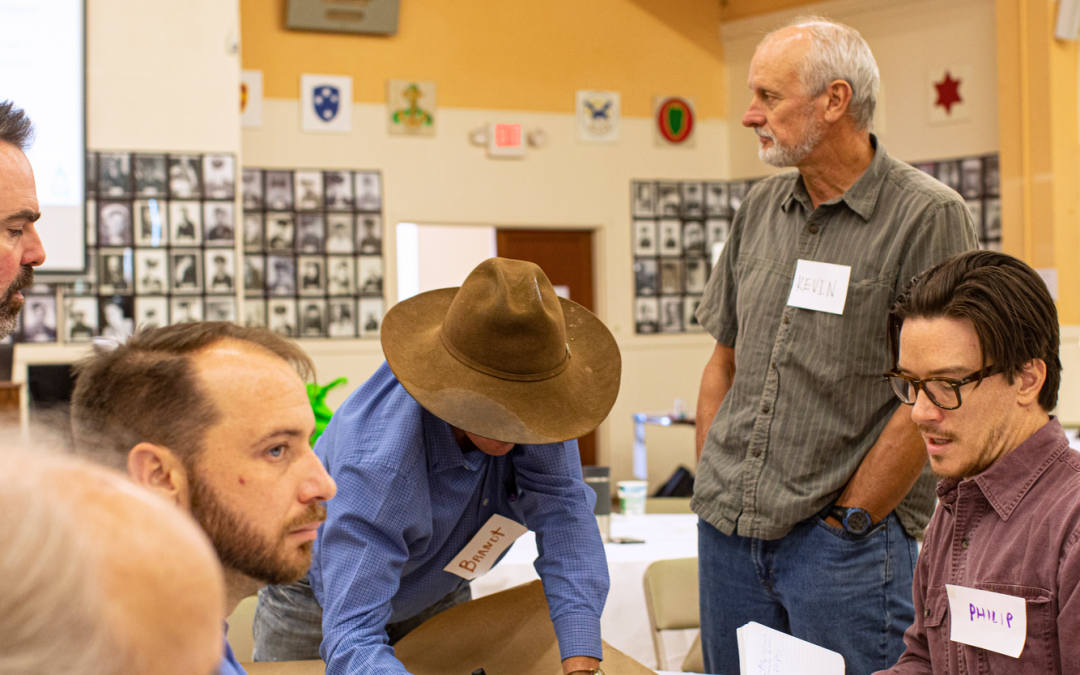Key players in Rio Grande conservation from Mexico and the United States congregated on Friday at the USO Building in Marfa. The binational coalition of scientists, academics, environmental activists and government employees was a rare sight. A gathering of this caliber and with such acute attention on the river hadn’t occurred since a meeting at Sul Ross State University over a decade ago, in 2008.
The collaborative meeting occurred one day after the Rio Grande/Rio Bravo Water Symposium in Marfa, where experts and the general public were invited to discuss the river, environmental flows, groundwater and improving the health of the river. Organizations like Rio Grande Joint Venture, The Nature Conservancy, Pronatura Noreste, national parks on both sides of the border, and many others sent representatives to advocate for their organization’s perspectives on the river.
JD Newsom, the Executive Director of the Big Bend Conservation Alliance, which hosted the event, said that in recent history, river health “has declined significantly, and a lot of that has to do with an increased number of reservoirs, increased pressure with climate change and increased pressure on farmers in Mexico using more water,” to name a few factors.
Millions of people rely on the Rio Grande, called the Río Bravo in Mexico, for drinking water and for irrigation of agriculture; the river sustains food, water and livelihoods in both the US and Mexico. Beyond the economic impact, the river is also home to cultural artifacts, recreation, and complex ecosystems of flora and fauna. As the river dwindles, all of these manmade and natural sectors suffer.Millions of people rely on the Rio Grande, called the Río Bravo in Mexico, for drinking water and for irrigation of agriculture; the river sustains food, water and livelihoods in both the US and Mexico. Beyond the economic impact, the river is also home to cultural artifacts, recreation, and complex ecosystems of flora and fauna. As the river dwindles, all of these manmade and natural sectors suffer.
Read more from Abbie Perrault with The Big Bend Sentinel here.

